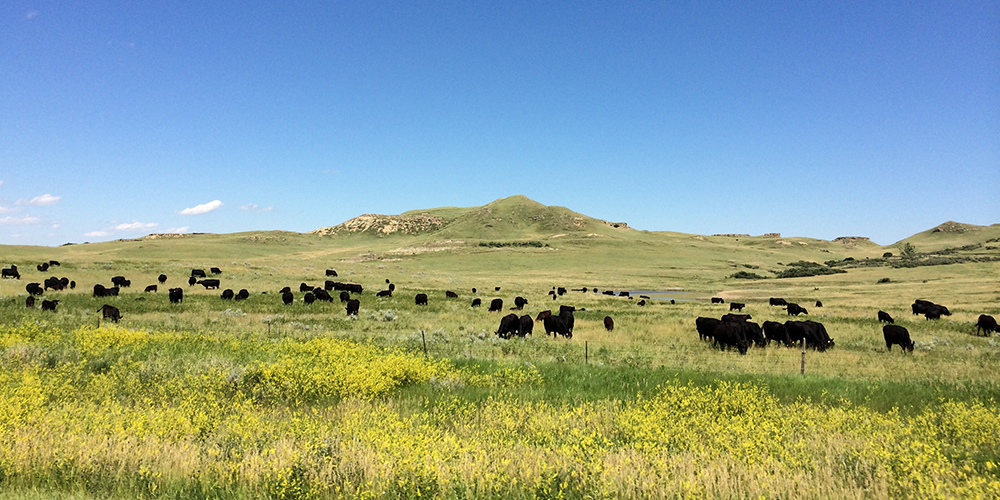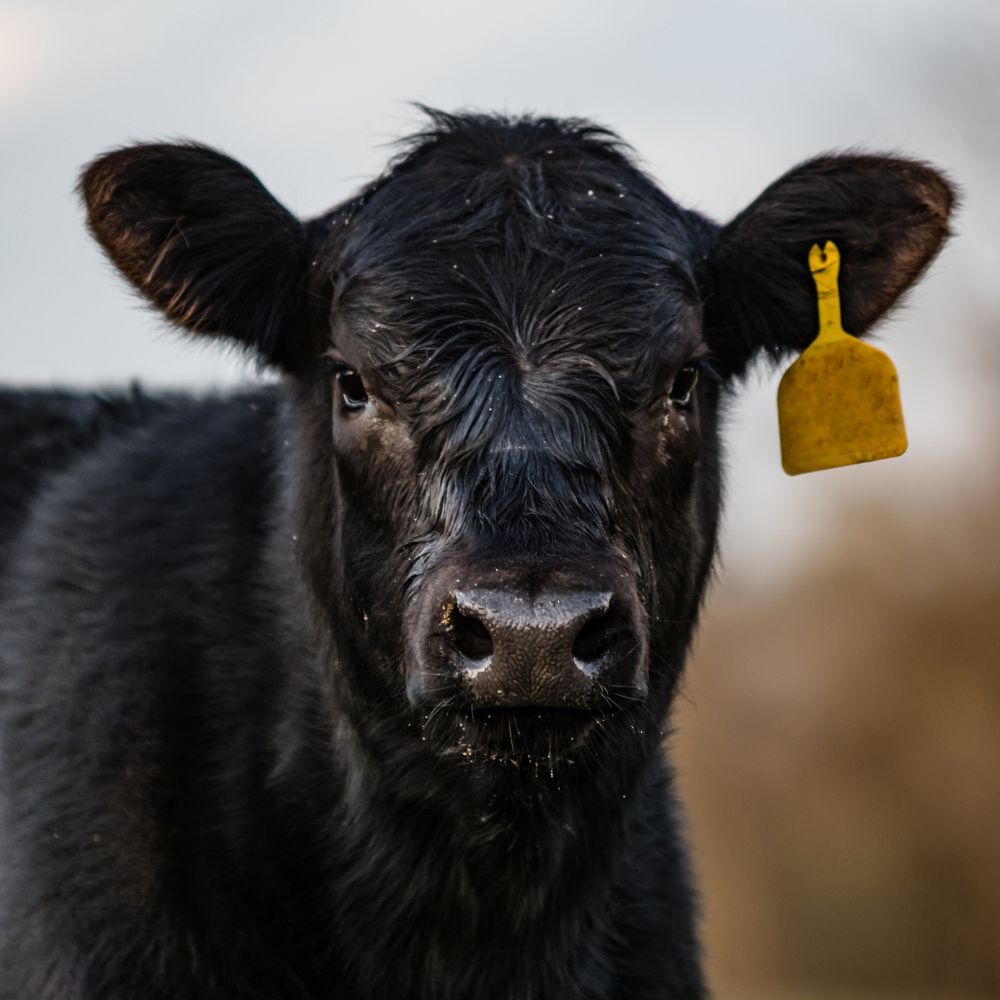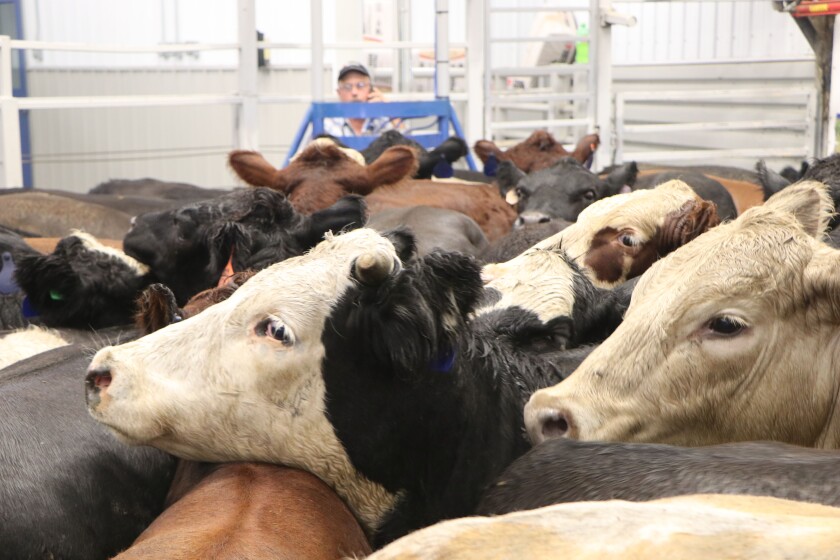Navigating Organization Risks with Bagley Risk Management
Navigating Organization Risks with Bagley Risk Management
Blog Article
Comprehending Livestock Risk Protection (LRP) Insurance: A Comprehensive Overview
Navigating the world of livestock threat protection (LRP) insurance policy can be a complicated endeavor for many in the farming industry. This sort of insurance coverage provides a safety internet versus market changes and unpredicted scenarios that might affect livestock manufacturers. By comprehending the intricacies of LRP insurance coverage, manufacturers can make informed choices that may safeguard their operations from monetary threats. From how LRP insurance coverage operates to the numerous coverage options readily available, there is much to uncover in this thorough guide that could possibly shape the way livestock manufacturers approach danger management in their companies.

How LRP Insurance Functions
Occasionally, recognizing the technicians of Animals Danger Security (LRP) insurance policy can be complicated, but damaging down exactly how it functions can offer clarity for herdsmans and farmers. LRP insurance coverage is a risk administration tool created to safeguard animals producers versus unexpected rate declines. The plan allows manufacturers to set a protection degree based on their details demands, selecting the variety of head, weight range, and insurance coverage price. When the plan is in location, if market prices drop listed below the coverage cost, manufacturers can file an insurance claim for the distinction. It is very important to note that LRP insurance policy is not an income assurance; rather, it focuses entirely on rate danger defense. The coverage period typically ranges from 13 to 52 weeks, giving flexibility for producers to choose a period that straightens with their production cycle. By making use of LRP insurance coverage, breeders and farmers can reduce the monetary risks connected with varying market costs, ensuring greater security in their procedures.
Eligibility and Coverage Options

When it involves coverage options, LRP insurance coverage offers producers the versatility to pick the coverage level, protection duration, and recommendations that ideal suit their danger monitoring demands. Coverage levels commonly range from 70% to 100% of the expected ending value of the insured livestock. Manufacturers can also choose insurance coverage durations that straighten with their manufacturing cycle, whether they are guaranteeing feeder livestock, fed livestock, swine, or lamb. Recommendations such as rate threat defense can additionally tailor insurance coverage to safeguard against unfavorable market changes. By understanding the qualification requirements and protection choices offered, livestock producers can make informed choices to handle danger successfully.
Advantages And Disadvantages of LRP Insurance Coverage
When examining Animals Threat Defense (LRP) insurance, it is essential for livestock producers to weigh the downsides and benefits integral in this risk management tool.

One of the key advantages of LRP insurance policy is its capability to give protection against a decrease in livestock prices. Furthermore, LRP insurance supplies a level of adaptability, permitting manufacturers to personalize protection levels and plan durations to suit their specific needs.
One restriction of LRP insurance coverage is that it does not secure versus all types of threats, such as disease outbreaks or all-natural catastrophes. It is important for manufacturers to carefully assess their individual danger exposure and financial circumstance to determine if LRP insurance is the appropriate threat administration device for their operation.
Understanding LRP Insurance Coverage Premiums

Tips for Taking Full Advantage Of LRP Benefits
Optimizing the advantages of Livestock Risk Protection (LRP) insurance coverage calls for calculated preparation and proactive danger monitoring - Bagley Risk Management. To make the most of your LRP insurance coverage, think about the adhering to tips:
Routinely Examine Market Problems: Stay educated concerning market trends and cost changes in the animals industry. By keeping an eye on these factors, you can make enlightened choices regarding when to purchase LRP coverage to safeguard versus potential losses.
Set Realistic Insurance Coverage Levels: When selecting protection levels, consider your manufacturing prices, market value of livestock, and potential risks - Bagley Risk Management. Setting realistic coverage degrees makes certain that you are properly safeguarded without overpaying for unneeded insurance policy
Expand Your Protection: As opposed to counting only on LRP insurance coverage, think about diversifying your threat administration techniques. Combining LRP with various other danger management devices such as futures contracts or alternatives can supply detailed coverage versus market uncertainties.
Review and click now Readjust Coverage Routinely: As market problems alter, periodically assess your LRP protection to ensure it straightens with your present danger exposure. Changing coverage degrees and timing of acquisitions can aid optimize your risk defense technique. By adhering to these ideas, you can maximize the advantages of LRP insurance and secure check your livestock operation against unanticipated dangers.
Final Thought
In verdict, livestock risk security (LRP) insurance policy is a beneficial tool for farmers to take care of the financial dangers connected with their livestock operations. By recognizing how LRP functions, eligibility and insurance coverage alternatives, in addition to the benefits and drawbacks of this insurance policy, farmers can make informed decisions to secure their livelihoods. By very carefully thinking about LRP costs and implementing methods to maximize benefits, farmers can alleviate possible losses and ensure the sustainability of their operations.
Animals producers interested in acquiring Animals Risk Protection (LRP) insurance can check out a range of qualification criteria and protection options customized to their particular animals procedures.When it comes to protection options, LRP insurance policy supplies manufacturers the flexibility to select the coverage degree, protection duration, and endorsements that finest match their risk management needs.To realize the intricacies of Animals Threat Defense (LRP) insurance policy fully, recognizing the variables affecting LRP insurance policy costs is crucial. LRP insurance costs are established by numerous aspects, consisting of the try here insurance coverage degree selected, the expected cost of livestock at the end of the protection period, the kind of animals being insured, and the size of the coverage duration.Testimonial and Change Protection On a regular basis: As market conditions alter, occasionally review your LRP coverage to ensure it lines up with your present threat exposure.
Report this page